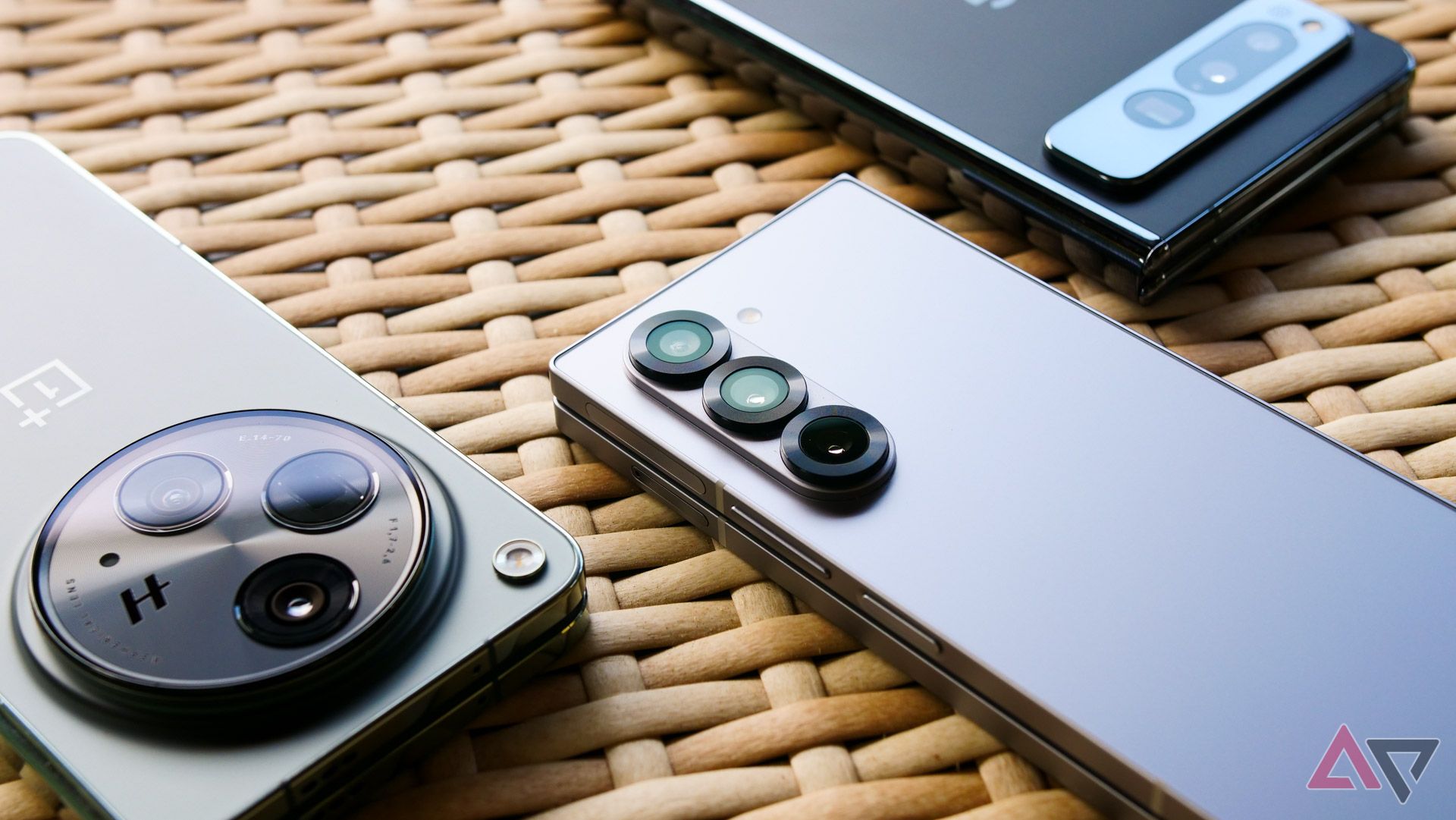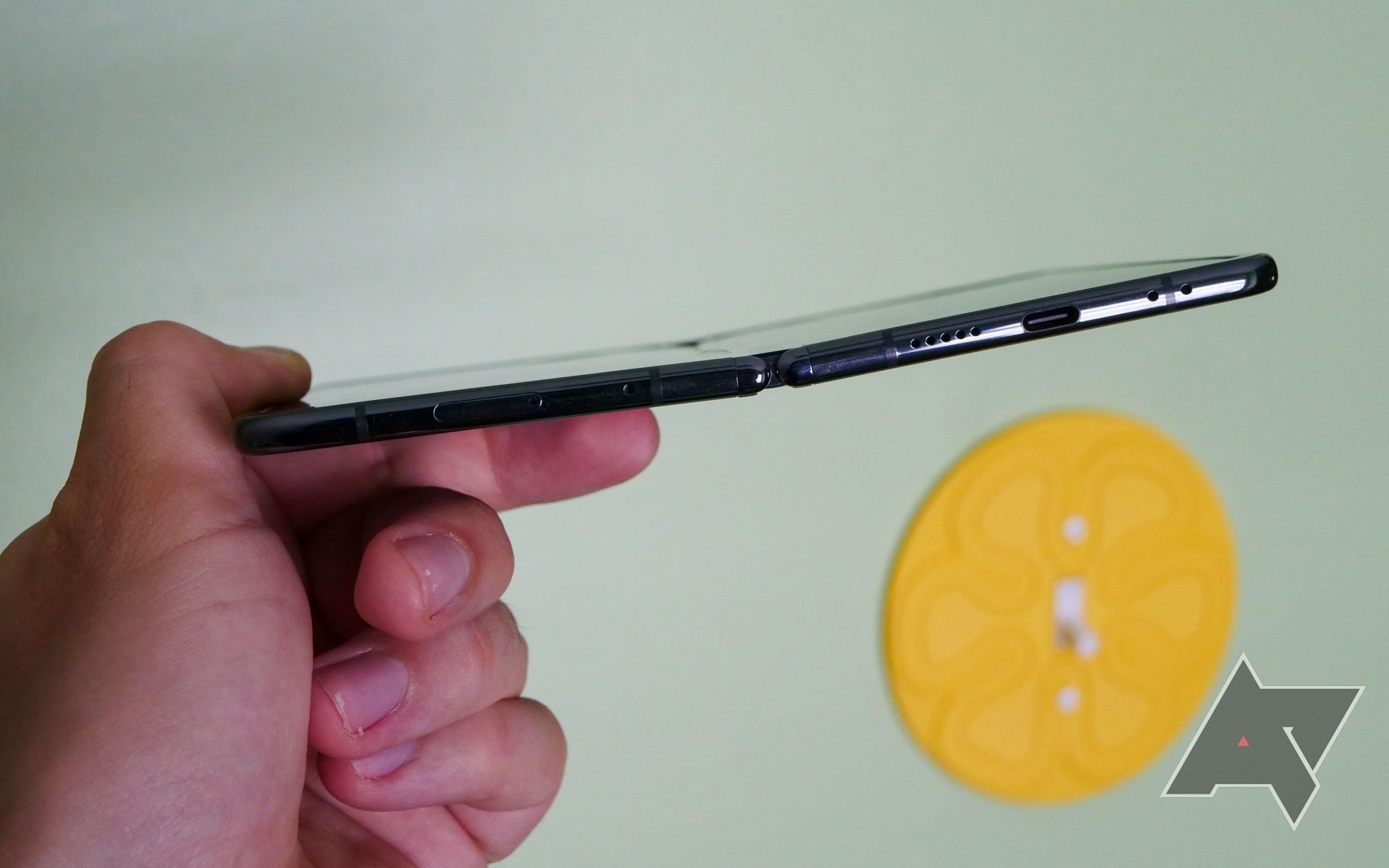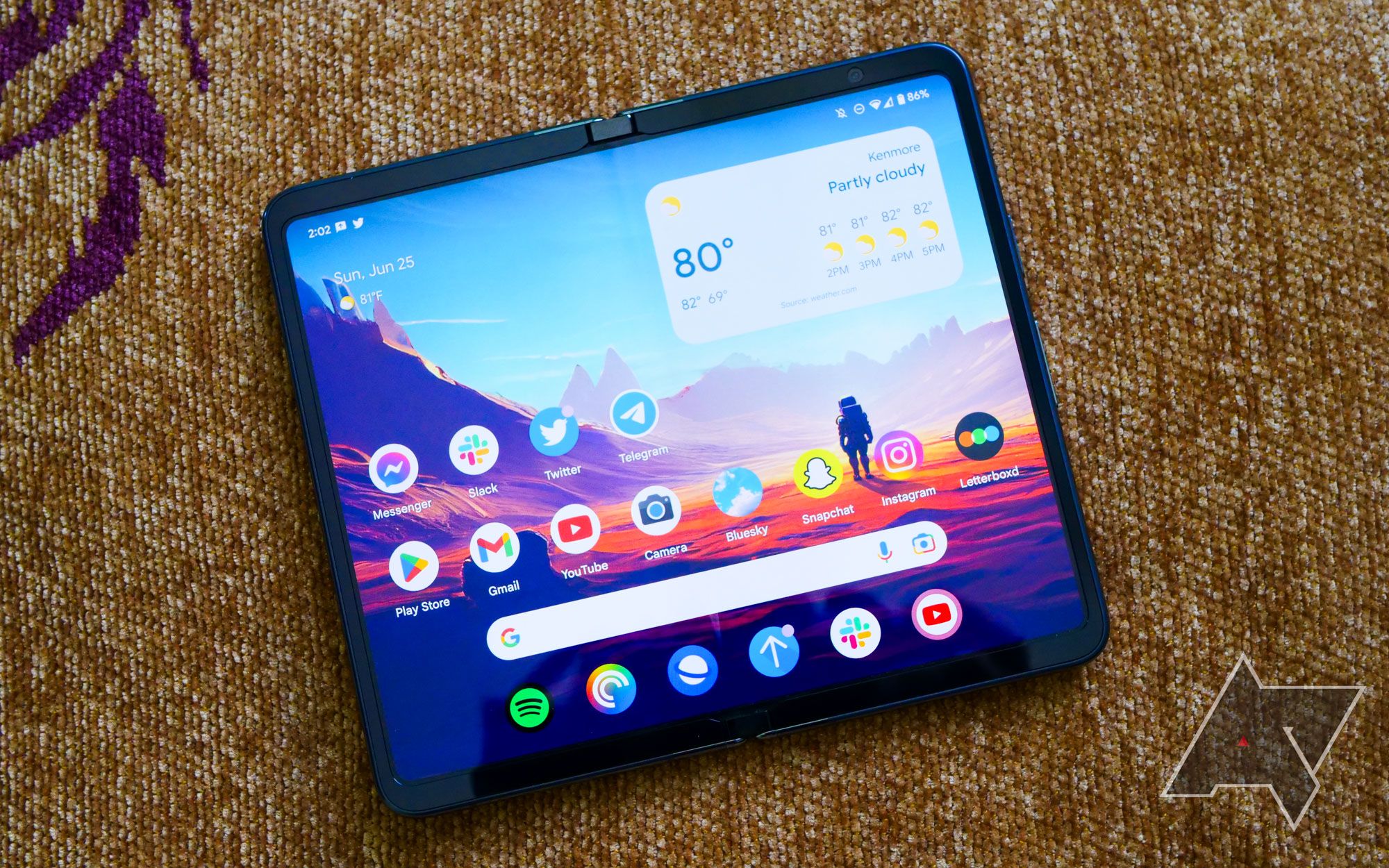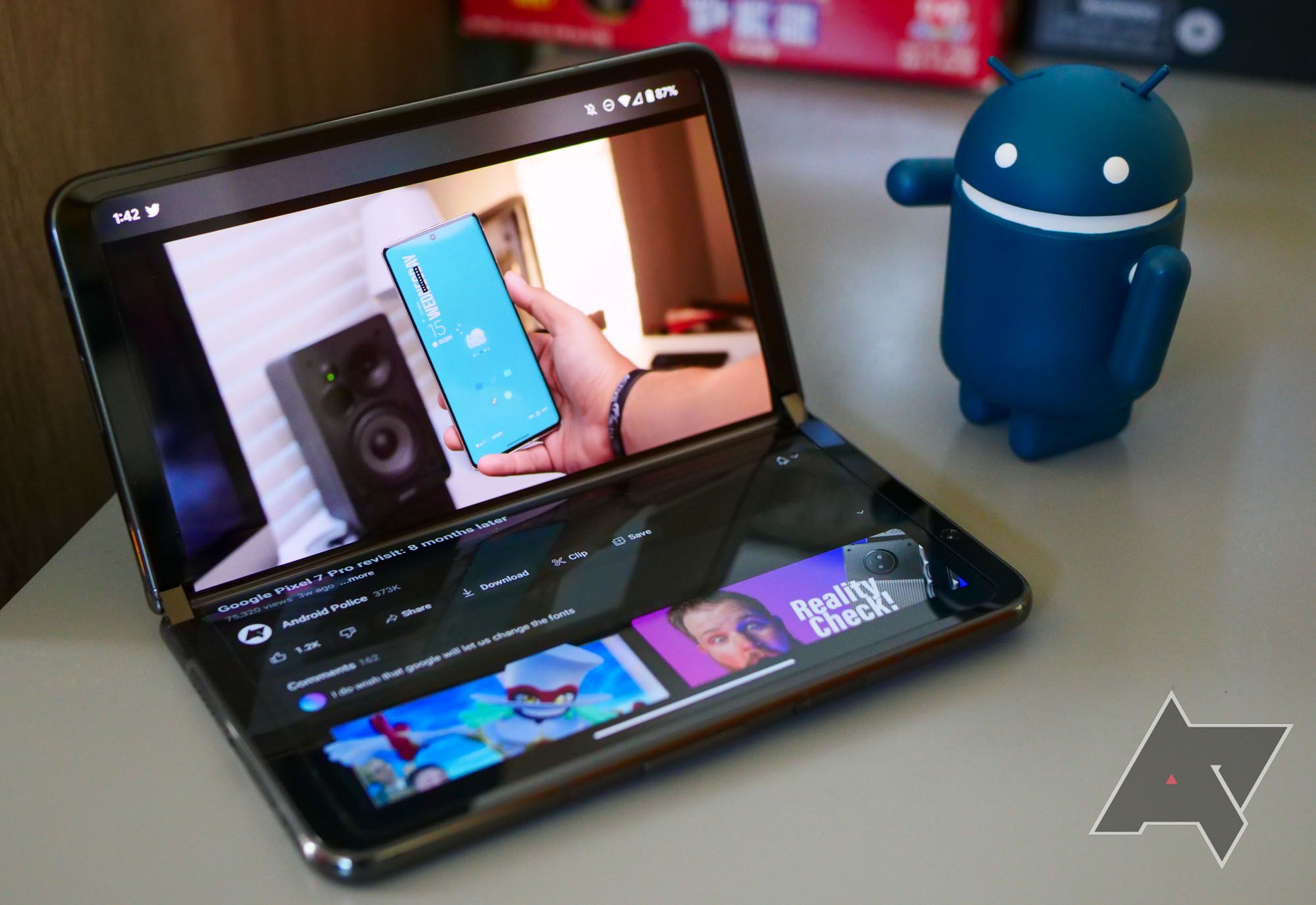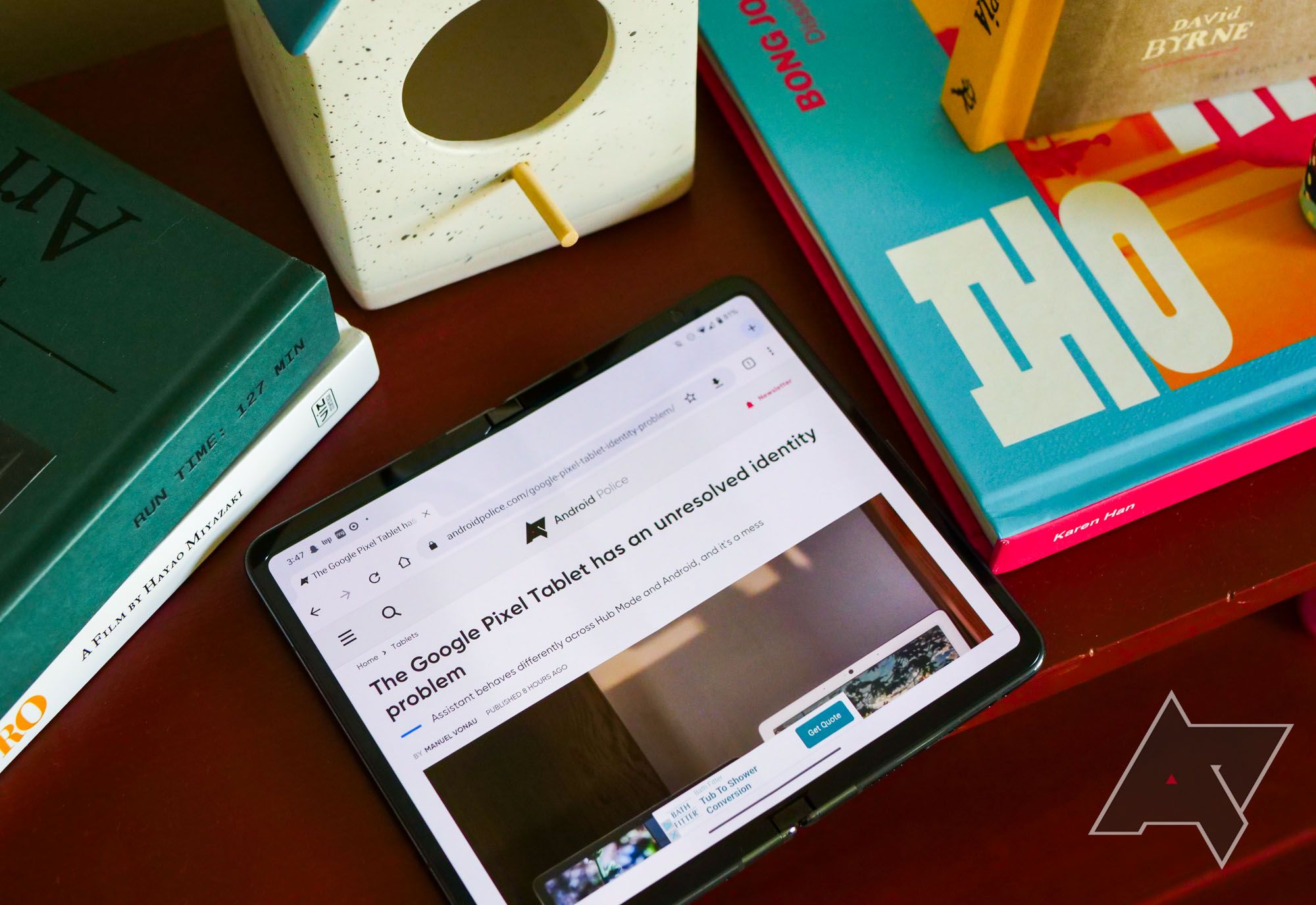Believe it or not, we’re a little less than two weeks away from the arrival of not one, not two, but four new Pixel phones. Google’s annual launch usually takes place in the fall, but with this year’s rescheduling, it’ll beat arguably its biggest competition — Apple — to market. While I’m plenty excited for the standard Pixel 9 trio, especially considering there’s a smaller Pro this year, it’s the Pixel 9 Pro Fold that I’m most curious to try out.
A Pixel Fold 2 by any other name, Google’s second time at bat sees the folding phone market looking a whole lot different than it did before. Early leaks hinted at a full redesign, something the company confirmed with a mid-July teaser trailer revealing our first official look alongside its extremely wordy name. Although I wasn’t the biggest fan of the original Pixel Fold, I have high hopes for its successor. Here’s what Google needs to get right for the Pixel 9 Pro Fold to blow the competition out of the water.
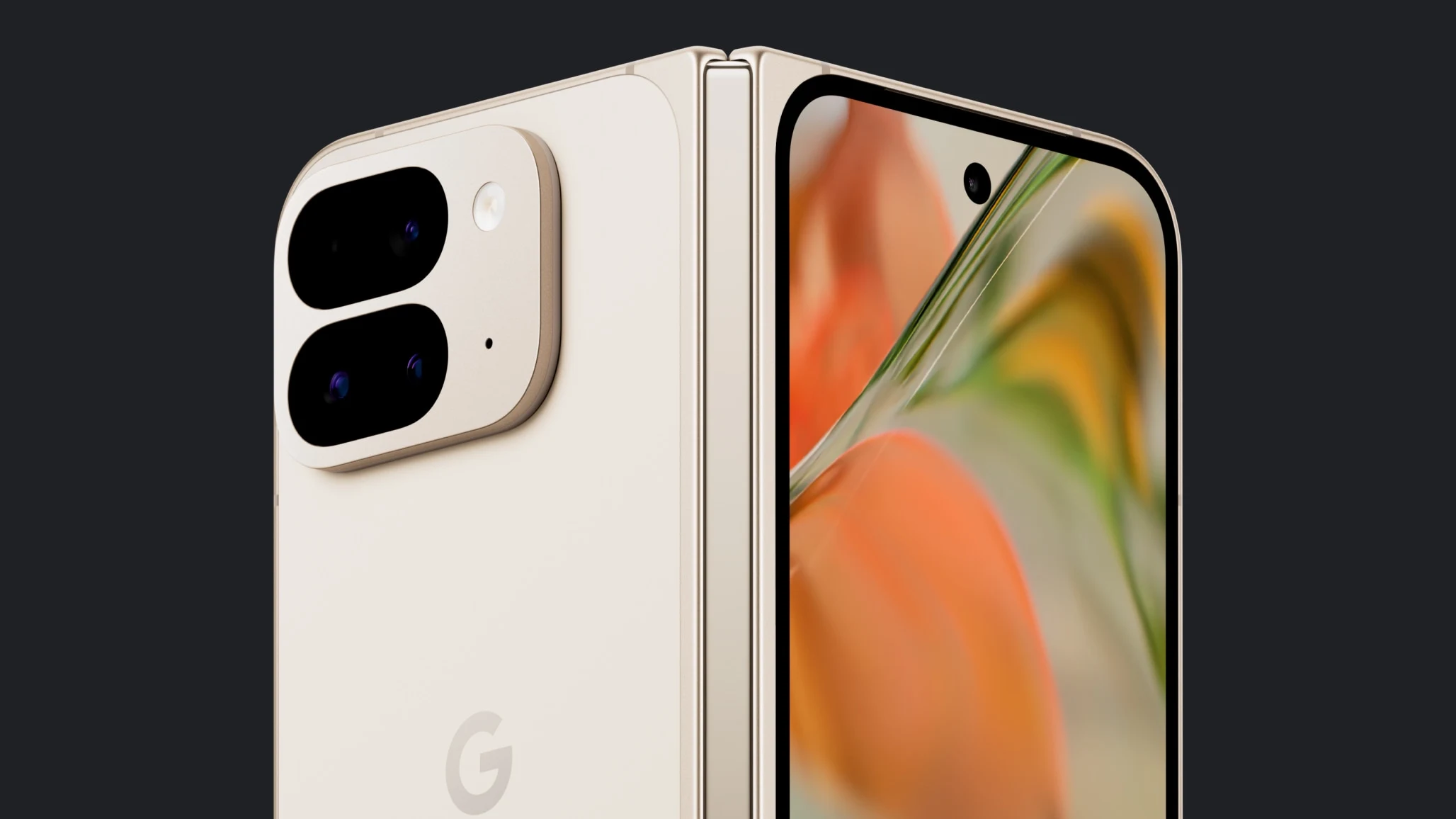
Related
Google Pixel Fold 2: News, leaks, rumored price, and what to expect from the Pixel 9 Pro Fold
Google’s next foldable is officially part of the Pixel 9 family
1 The Pixel 9 Pro Fold needs to shed some weight — a lot of weight
At least eight nickels worth, if we’re being exact
To me, this is the biggest flaw in the original model, and something Google absolutely needs to get right for this year’s phone to succeed. In the time since the 283-gram Pixel Fold burst onto the scene, we’ve seen Samsung launch the 253-gram Galaxy Z Fold 5, OnePlus launch the 239-gram Open, and Samsung return for another generation with the 239-gram Galaxy Z Fold 6 — and that’s just in North America. In other words, Google was already behind the times 12 months ago, and it’s a flaw that’s only grown more noticeable over time.
Weight was one of my biggest issues with the original Pixel Fold; it was heavy enough to make one-handed use practically impossible for any length of time. Put simply, Google needs to tie OnePlus and Samsung here: 240 grams is the absolute most the Pixel 9 Pro Fold should weigh. The original device was already thin enough for Samsung to simply tie it this year, but if Google can’t get the heft of its folding phone down, it might be time to pack it in.
2 An improved hinge capable of folding flat
It’s table stakes for foldables at this point
Samsung and OnePlus have another advantage over Google when it comes to the original Pixel Fold: their respective foldables can unfurl completely flat. Meanwhile, my Pixel Fold has never been particularly good at coming to a complete 180-degree point, and it’s only gotten worse over time. The Pixel 9 Pro Fold needs to make some big improvements here to catch up to the competition, as both Samsung and OnePlus basically have this down to a science.
Google does have one advantage here: its hinge is very good at staying in one specific spot, no matter the angle. But Samsung’s latest hardware isn’t too far off, all while having a far more satisfying snap when using the device. Google’s redesign looking so directly inspired by the OnePlus Open has me hoping its hinge feels about as good as that first-gen product, but I won’t know for sure until I get my hands on a unit of my very own. Fingers crossed.
3 When it comes to foldables, the interior display is everything
Google needs to take note from its rivals here
I clearly had my hang-ups with the original Pixel Fold, but really, everything could’ve been forgiven if I enjoyed using the main interior display a little bit more. It wasn’t the large bezels surrounding the screen — though I do wish Google had at least made them uniform in width — nor was the underlying panel bad. Rather, the lack of additional coatings compared to its competition made the display look low-quality and reflective as hell. Trying to use this screen outdoors in the bright summer sun was an exercise in futility.
Both Samsung and OnePlus have Google beat here, but I’m hoping it’s the latter that the Pixel 9 Pro Fold draws inspiration from. The matte, anti-glare finish on the OnePlus Open is one of the best things about it, making reflections outdoors a thing of the past. Still, if Google can at least match Samsung’s quality in terms of final product, I’ll be happy. At the very least, ditch the millimeter of unprotected display space.
4 Google is behind on multitasking — or is it?
The Pixel Fold’s software is much better one year on
I recently switched back to the Pixel Fold ahead of its successor’s unveiling, and on the latest version of Android 14, plenty of the complaints I made in my original review have been more or less rectified. Apps with unsupported aspect ratios can be forced to go full screen in settings, YouTube finally has its split-screen playback controls, and Google finally made it possible to close and reopen the main display without two side-by-side apps separating completely.
This makes me genuinely excited to try out Android 15 on a more refined piece of foldable hardware, but I’m still hoping we see a more refined take on multitasking. You won’t find me complaining too much if Google keeps its dual app UI unchanged, but considering just how great multi-app usage feels on both One UI and (especially) OxygenOS, I’m hoping the company takes some inspiration from its rivals. Why not level up an experience that’s already matured exponentially over the past 12 months?
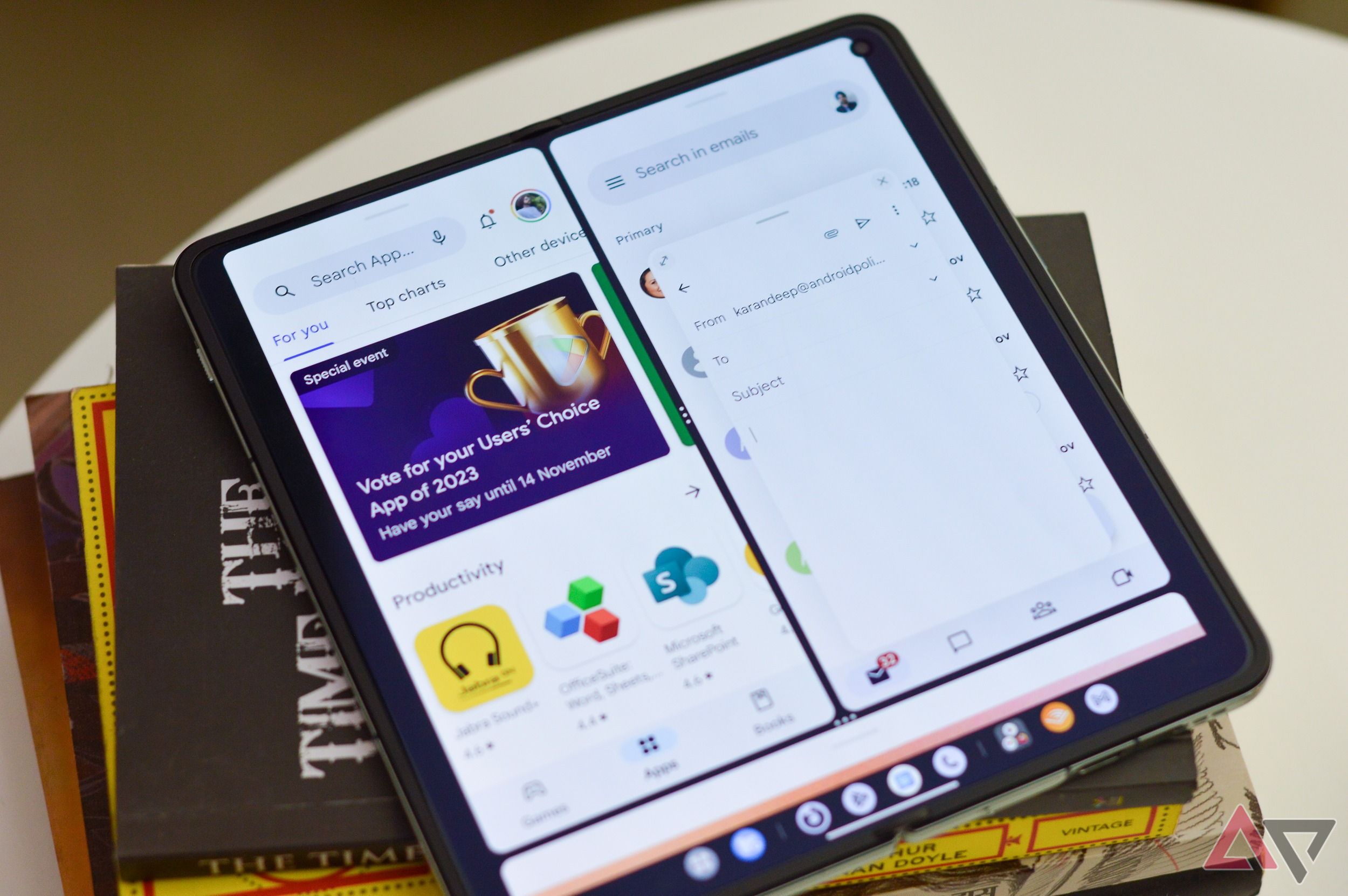
Related
The OnePlus Open schools Samsung and Google in foldable multitasking
OnePlus has found the best way to make the most of that big display so far
5 The Pixel 9 Pro Fold needs to be the coolest foldable around
Or at least cooler than the Pixel Fold
I’m not talking about aesthetics here — I mean “cool” quite literally. The original Pixel Fold ran on Google’s Tensor G2, a chipset that simply ran too hot for its own good. Coupled with the thinner back chassis than what you’d usually find on, say, the Pixel 7 Pro, and foldable fanatics were left with a device that felt warm pretty consistently, no matter what you were doing on-screen.
The Pixel 9 Pro Fold is jumping two generations of chips ahead, launching with Tensor G4. While it’s not the TSMC-manufactured revolution many of us are hoping next year’s SoC will bring, this year’s chipset is either a small improvement on Tensor G3 (which, while not perfect, does run a hell of a lot cooler than its predecessor) or something even more impressive than expected. Either way, I’m not worried about performance as much as I am thermals — let’s hope the Pixel 9 Pro Fold is as chill as possible.
We won’t have to wait long to find out all about Google’s new foldable
Source: Google
I might not have been the biggest fan of the Pixel Fold, but between Google’s redesign and its continued focus on smoothing out some of Android’s rough edges on foldables, I’m feeling pretty optimistic. If you’re curious about the Pixel 9 Pro Fold, you don’t have to wait much longer. It’s set to debut on August 13th, alongside the more traditional, non-folding Pixel 9, Pixel 9 Pro, and Pixel 9 Pro XL. You know, for all of those hinge-haters out there.
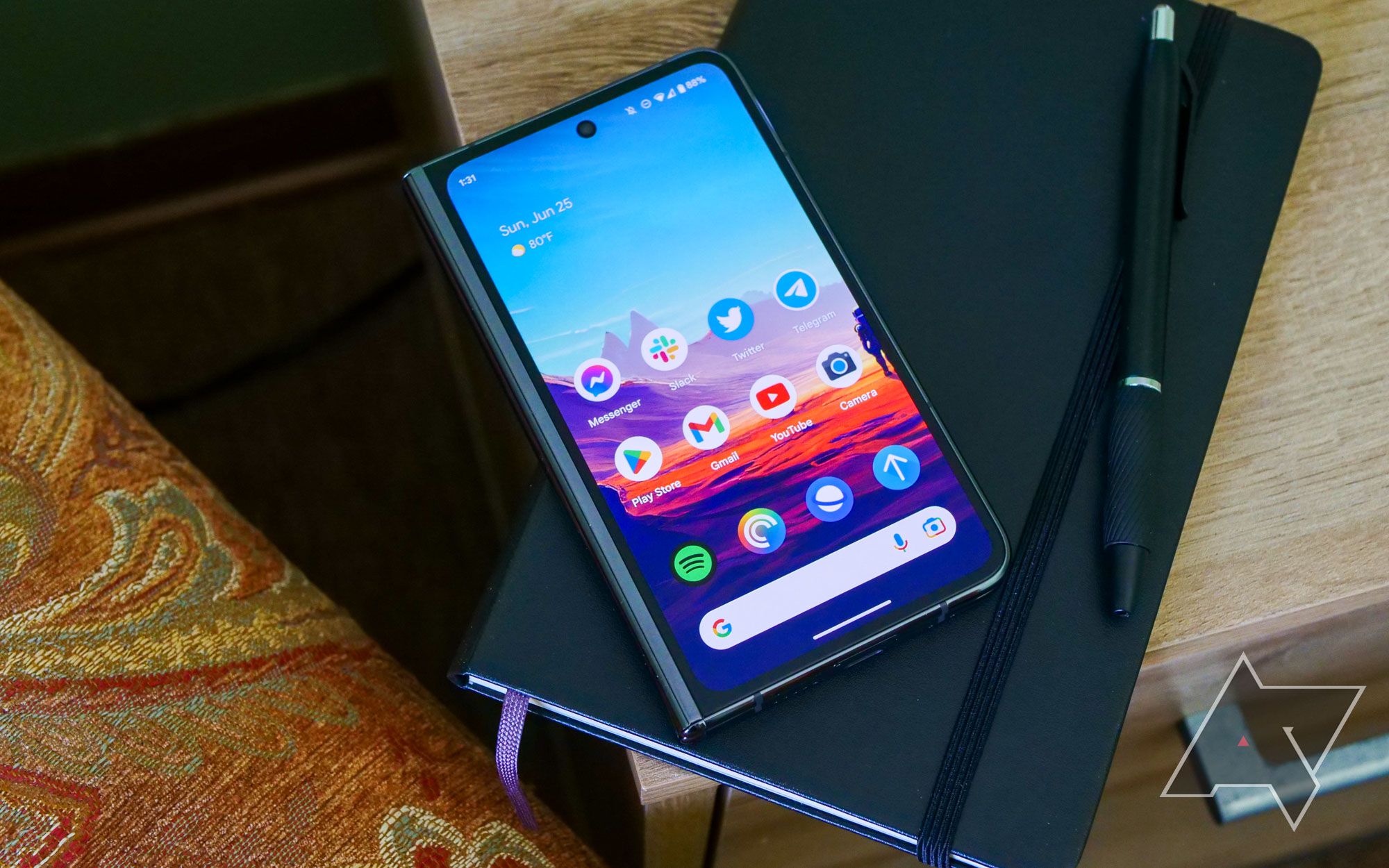
Related
Should you buy the Google Pixel Fold, or wait for the Pixel 9 Pro Fold?
Or, you know, the Pixel 9 Pro Fold — whatever it ends up being called
Source link
